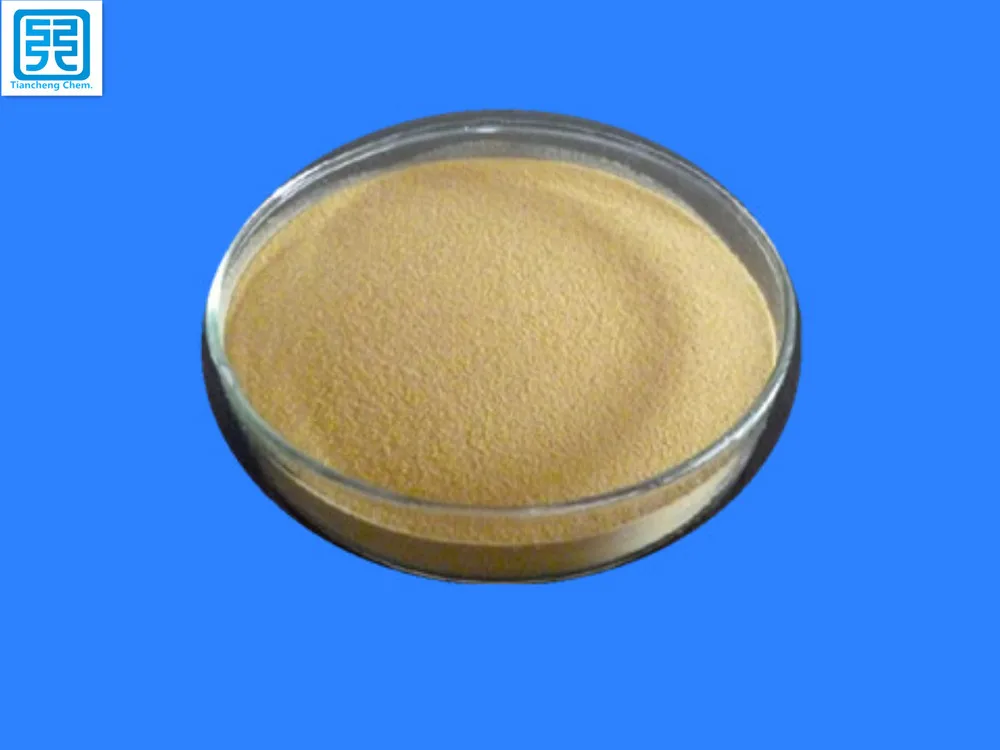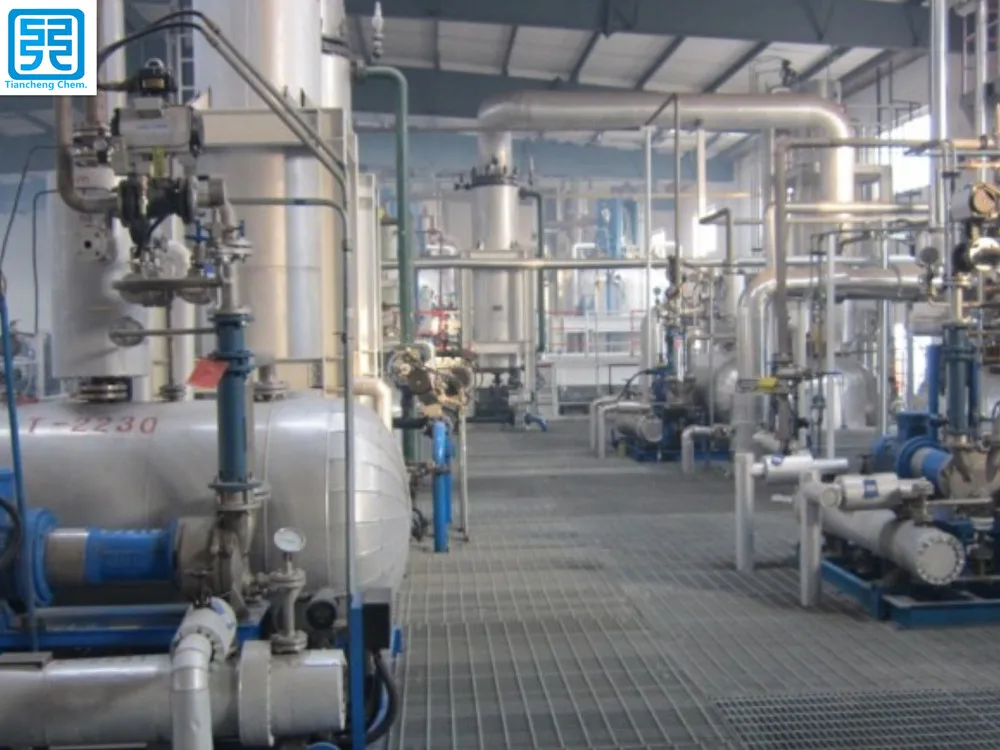Principle of sterilization method for autoclave
Autoclave is one of the many advantages of Shanghai Bayu's many products. Let's analyze the principle of autoclave sterilization method:

The autoclave is higher than the atmospheric pressure, the boiling point of water raised to a high temperature above 100 ℃, and a high-pressure vessel for liquid or a sterile instrument.
The principle of the high-pressure steam sterilization method is that water boils at about 100 ° C in the atmosphere, the water vapor pressure increases, and the temperature will increase as it boils. Therefore, in a closed high-pressure steam sterilizer, when the pressure gauge indicates that the vapor pressure is increased to At 15 lbs (1.05 kg/cm), the temperature is equivalent to 121.3 ° C. At this temperature, the propagules and spores of the bacteria can be completely killed in 20 minutes. When sterilizing, add one sterilized water to the interlayer. Secure the bottom of the iron cover with a screw to keep it from leaking. After heating, the water vapor rises along the interlayer. From the hole into the inner cylinder, when the steam first enters the inner cylinder, the upper and lower exhaust pipes should be opened, and after the cold air is released, the exhaust pipe is closed. As the steam enters the confined space, the pressure rises. It can be seen from the pressure gauge that the steam also passes through the safety valve to ensure that the pressure is maintained at a certain limit, the pressure is maintained at 15 lbs for 20 min, and then the heat source is turned off to gradually reduce the pressure. To zero, the lid can be opened, otherwise the liquid in the glass will rush out of the bottle due to sudden pressure drop, causing danger of spillage or explosion.
The above autoclave information is provided by Shanghai Bashu . For more information, please click:
Http:// Â
Shanghai Bayu Industrial Co., Ltd. stock to provide you with high-quality autoclave , and to ensure related after-sales service, welcome to buy autoclave ! We also provide you with other laboratory equipment and consumables, if you need, you can contact us.
National toll-free hotline: 400- 6 18- 0 588
1. Chemical Composition:sodium methylene bis-naphthalene sulfonate
Appearance: beige brown powder
Solubility: soluble in water of any hardness
PH value: in 1% water solution, PH = 7-9
Performance: good diffusion and protective colloid, and no penetration and foaming .
Ion: anionic.
Stability: resistance to acid, alkaline, hard water, salt.
Affinity: have an affinity for protein and polyamide fibers, for cotton, hemp and other fibers no affinity.
Miscibility: may mix with anionic and non-ionizing surfactant simultaneously.

2. Specifications indicators
|
Items |
Indicators |
|
|
Type |
First Grade |
Qualified |
|
Appearance |
Beige brown powder |
Beige brown powder |
|
Dispersancy (Standard substance) |
≥100% |
≥95% |
|
PH Value (1% water solution) |
7-9 |
7-9 |
|
Sodium sulfate content |
≤3% |
≤5% |
|
Fineness (residuals of 60 mesh/screen) |
≤5% |
≤5% |
|
Calcium and magnesium ions, Ppm≤ |
1000 |
4000 |
|
Impurities (non soluble in water) |
0.05% |
0.10% |

3. Application
Printing and dyeing industry: mainly used for dyeing vat dyes suspension, leuco acid staining, dispersion and soluble vat dyes dyeing. Also be used for silk / wool interwoven fabric dyeing, the yarn is no color. Mainly used for industrial dye dispersion and diffusion of color lakes manufacturing additives.
Building materials industry: as early strength cement water reducing agent, the amount of 0.5-1% by cement after the shock has good dispersion effect, increasing the strength of cement. Diffused N of concrete tensile strength, impermeability, frost and compressive modulus of elasticity are improved, no corrosion of steel effect.
Pesticide industry: It can be widely used in wettable pesticides, with good dispersion and solubilization, can significantly improve the efficacy, dosage according to product requirements. Example: buprofezin, the amount of 3-5 %; thiophanate amount of 0.8-1.5 %, 0.8-1 % Kai Ling vegetables.
Electroplating industry: the color is added, crossing pigment dispersants N allows uniform dispersion can significantly improve the plating surface brightness, and the amount is usually 10% of the pigment.
Rubber industry: rubber (latex) of industrial production process, the dispersed substances such as sulfur accelerator, antioxidant zinc oxide fillers ( such as barium sulfate , calcium carbonate ), etc., added to the dry weight of a dispersing agent N2-4% , 10% dispersant solution prepared in advance , and along with the other components in a ball mill grinding , can improve the dispersion effect and shorten the milling time .
Packing: 25kg bags.
Storage: two years and must be upload and download lightly.
Dispersant N,Dispersant,Dispersing Agent Nno,Dispersing Agent
Shandong Tiancheng Chemical Co., Ltd. , https://www.tianchengchemical.com
